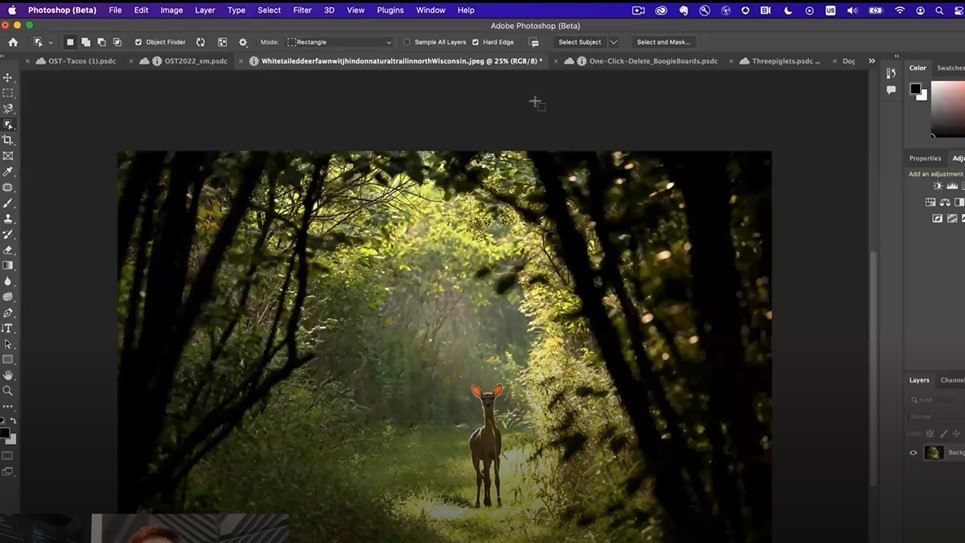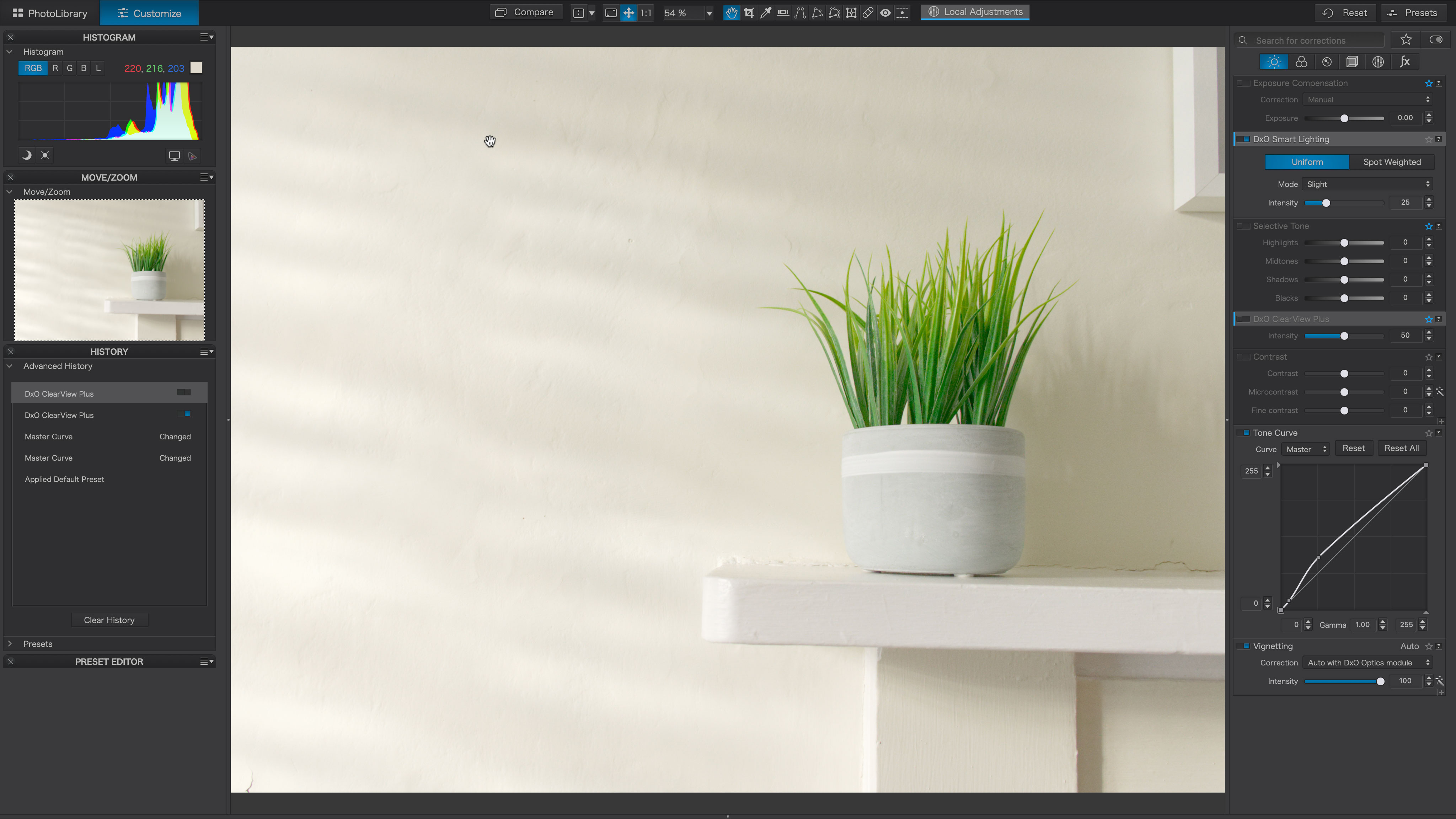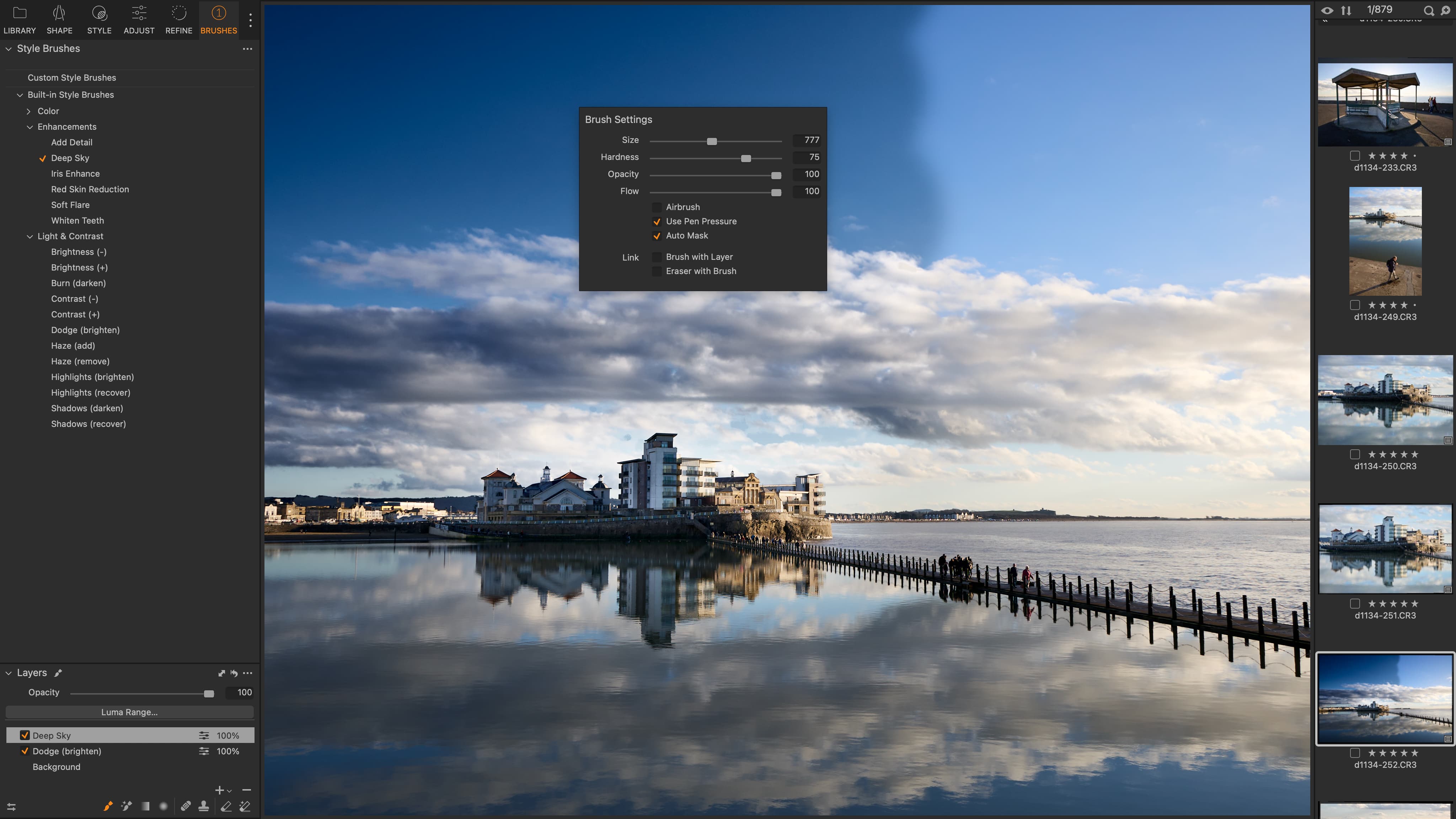
This doesn’t make any sense to me. In this digital age we rely on software to organize our images, optimize our raw files and create signature effects and looks that we hope will make us stand out in a world saturated with imagery. Software, it seems to me, is as integral to the whole imaging process as cameras and lenses.
Choosing the best photo editing software is as important as getting the best professional cameras, the best lenses or the best tripods.
And yet we seem to see the same old groans and moans all the time about the evils of subscriptions, the cost of software licenses, how there aren’t enough new features to make it worth upgrading and so on.
Sure, you can get something for nothing. The best free photo editing software comes bundled with your computer or camera gear. It’s all right, but limited. You save a bit of cash and lose a lot of potential. (Or you can risk falling into the clutches of ‘freemium’ editors that appear to be free but are designed to draw you into a subscription. Bargain hunters are an easy target for professional marketers.)
I read an extraordinary statistic, that Photoshop is the most searched for pirated software. Photoshop! This is software that costs $10/£10 a month! The Adobe Photography Plan costs not much more than my Netflix subscription, or a take-out for one.
Yes, it adds up. $120/£120 per year. I can do the math(s). But look at what we spend each month and each year on streaming content, cellular contracts, hosting fees and cloud storage without even batting an eyelid.

The cost of perpetual licenses
You can no longer buy Photoshop as a perpetual license, but you can with plenty of other programs, some much more expensive than others. Capture One is the most expensive at $299/£299 for a perpetual license.
Sounds a lot? How much was the last professional lens you bought? I bet it wasn’t $299.
DxO stills sticks with perpetual licenses and is somewhere in the middle ground for pricing. DxO PhotoLab 7 Elite is $229/£209. This is just about the best raw/denoising/lens correction tool you can get, can transform the performance of years-old cameras and ‘consumer’ lenses, and is a powerful photo editor to boot.
What kind of photo gear can you get for this money? A mid-range backpack? A basic aluminium tripod, maybe, or a nice filter?

Perhaps the real issue is that software is not a physical object, whereas cameras and lenses are. You’ve got something to show for your money. It’s easy to kid yourself that a software download has no physical cost to its publisher and ought to be cheap, cheaper or even free.
But software has to be developed, programmers have to be paid. Would you work for nothing? Probably not. So software vendors have to recoup the cost of software development, testing and marketing, either through subscriptions or licences.
We accept that camera and lens makers have development, marketing and distribution costs that we should be expected to pay for, and we should offer software companies the same respect.
We should also realize that for something that makes so much difference to photography, even the most expensive professional software is cheap.







